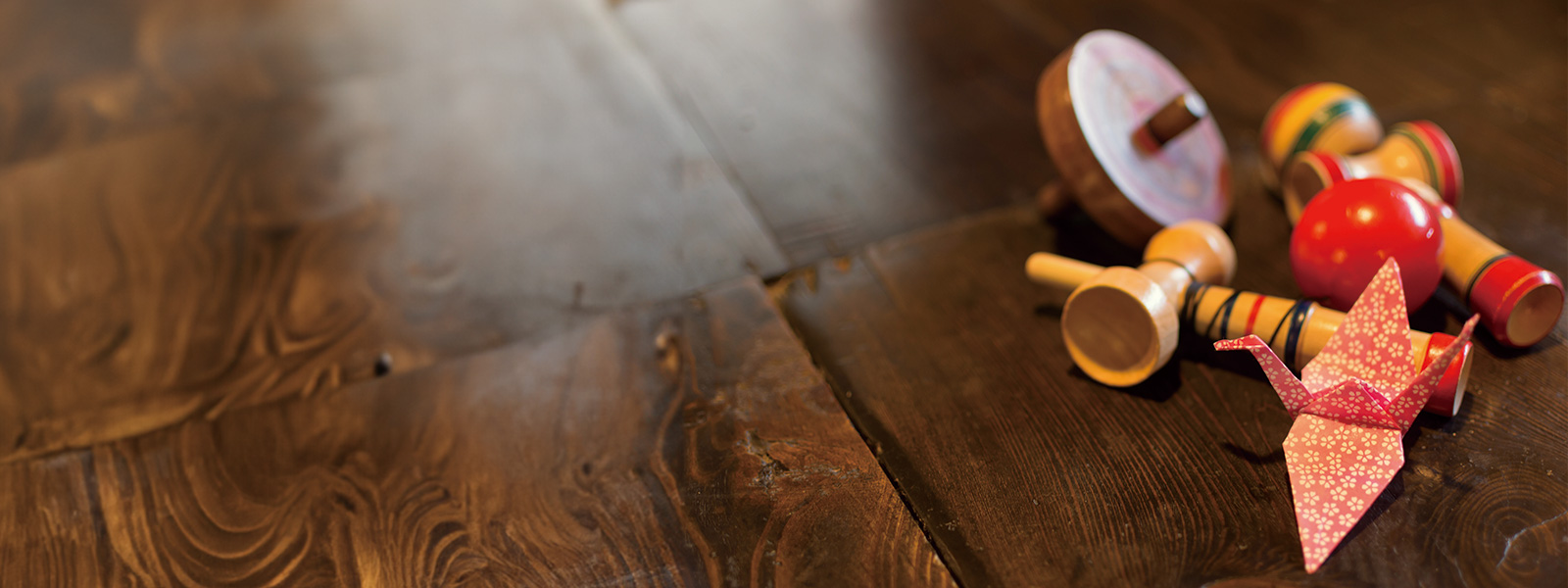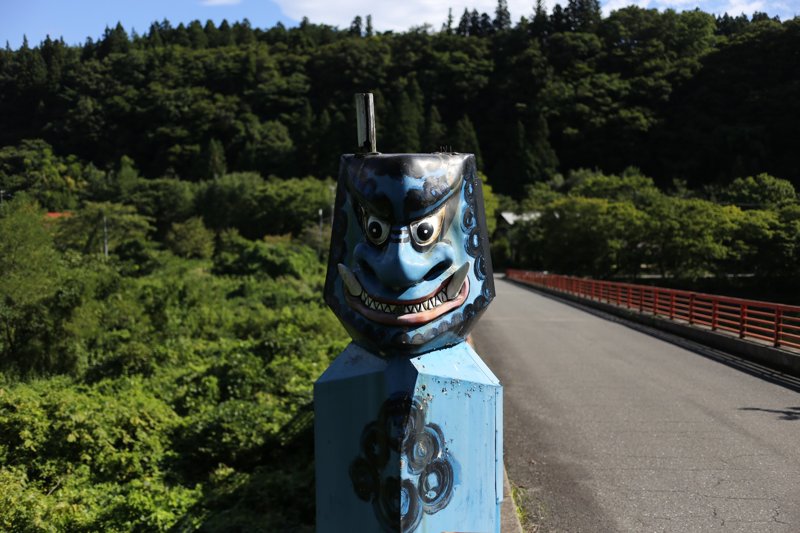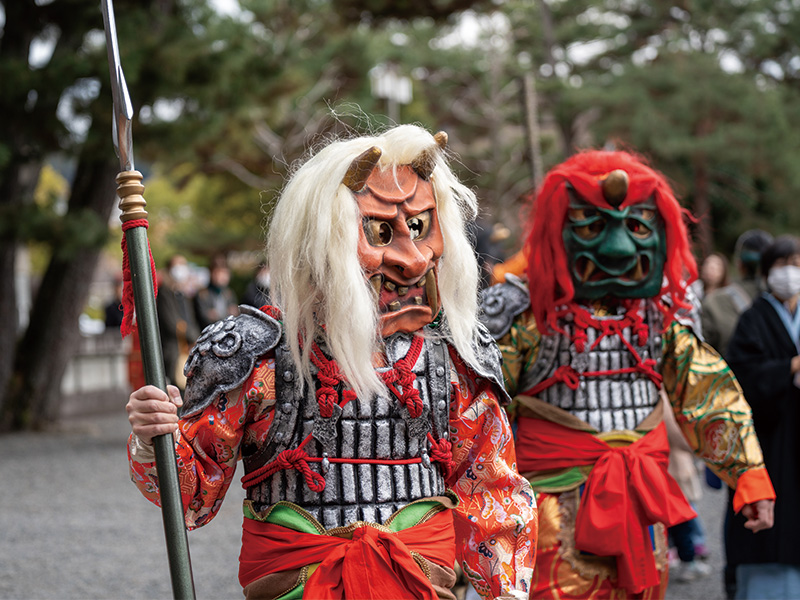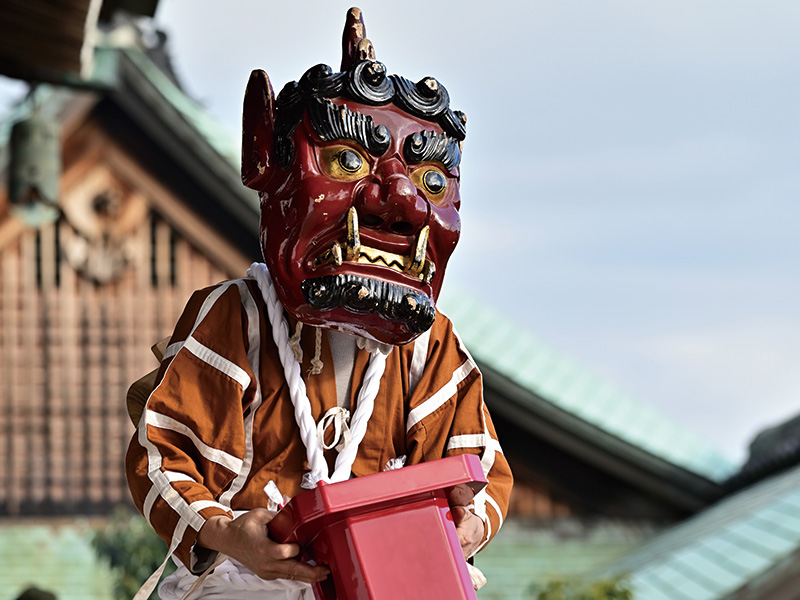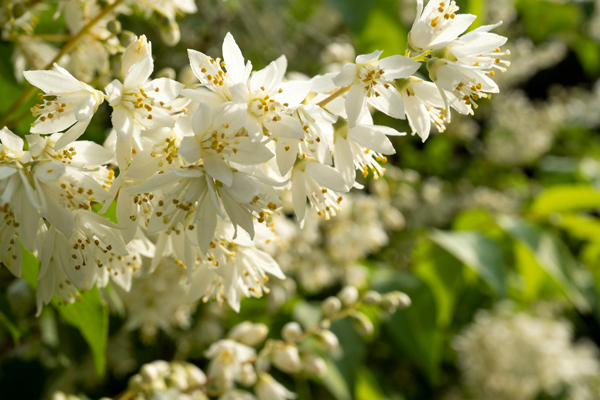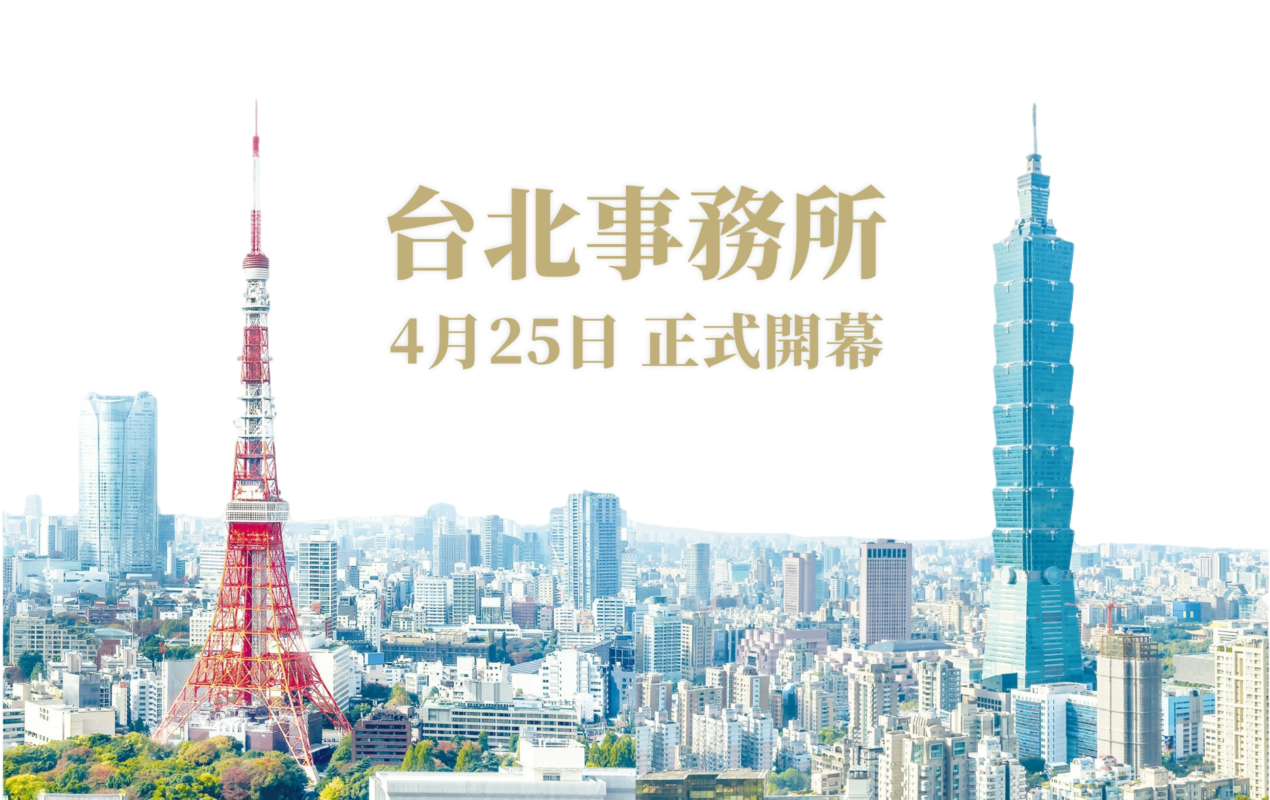Located in the Naruko Onsen Onikoube hot spring area, a representative of Miyagi Prefecture, "Hotel WAMARE Onikoube" offers a unique experience where guests can immerse themselves in the history, culture, and traditions of the Tohoku region. This Hotel features traditional crafts such as Naruko kokeshi dolls, Sendai tansu, and Iwaya tansu, along with nostalgic Japanese toys. In this article, we will introduce the toys that you can enjoy at "Hotel WAMARE Onikoube."
Hotel WAMARE Onikoube: Enjoy Skiing Near Onikoube Ski Resort
The hotel features local Naruko kokeshi dolls and Sendai tansu displayed throughout the premises.
Hopter
The Hopter is a simple bamboo toy consisting of a rotating wing (propeller) and an axis for spinning the wings. When you rub your hands together to spin the axis and launch it, it can surprisingly soar to great heights.
This toy has been passed down in China for centuries, and it is believed to have been introduced to Japan around the Nara period. By the 15th century, it had also made its way to Europe, influencing Renaissance art. According to some theories, it is thought to have inspired the design of helicopter propellers.
Iroha Karuta
Iroha Karuta is a card game that originated from a game brought over from Portugal. It is widely considered a type of karuta, which also includes hanafuda and playing cards. The term comes from the Portuguese word "carta," which broadly refers to cards and paper products.
Iroha Karuta consists of 48 characters of the Japanese iroha syllabary, with one reading card and one picture card (illustrated card) prepared for each character. The rules are simple, but it requires at least three participants, including a reader. The picture cards are laid out on the floor beforehand, and the reader recites from the reading cards, while the other players compete to grab the corresponding picture cards.
Hyakunin Isshu
Hyakunin Isshu is a collection of Japanese waka poems, each contributed by 100 different poets who were active from the Nara period to the early Kamakura period, with a focus on the Heian period. The selection of the poems was done by Fujiwara no Teika, a court noble and poet who flourished from the late Heian period to the early Kamakura period.
After the Edo period, the introduction of karuta from Portugal is believed to have led to the establishment of the karuta format of Hyakunin Isshu. Each reading card features a waka poem along with an illustration of the poet, while the picture cards display the second half of the poem in hiragana.
In addition to the typical "chirashi-tori" method, where players compete to collect cards, there are also other games such as "Genpei Gassen" and "Bōzu Mekuri."
Otedama
Otedama is a small fabric pouch that fits snugly in the palm of your hand, filled with items such as adzuki beans, juzu beads, or small stones. Often made from scraps of kimono fabric, it has traditionally been associated with girls' games in Japan.
The most common way to play is called "nage-dama," where you hold two or more otedama in your hands, throw one up with your right hand, and in the meantime, transfer the otedama in your left hand to your right hand, catching the thrown otedama with your left hand. This process is repeated and has elements similar to juggling.
There are various theories regarding its origins, but it is believed to have been introduced to Japan around the Nara period. Similar cultures are said to exist in Europe as well.
Daruma Otoshi
Daruma Otoshi is a game that involves stacking circular wooden pieces and placing a "daruma" on top. As the name suggests, the objective is to gently tap the daruma with a wooden mallet from the side, trying not to knock it off. The player who causes the daruma to fall loses the game.
The exact origins of the game are unclear, but it is believed to have become popular during the Edo period, when many wooden toys were being produced.
The daruma motif is based on a Buddhist monk named Bodhidharma (Daruma), who was active around the 6th century in China. According to legend, he sat facing a wall in meditation for nine years, eventually losing his arms and legs due to exhaustion, which is why the daruma is depicted without limbs and with a large face.
Daruma dolls are considered auspicious, sold with blank white eyes. Traditionally, one eye is colored in with black ink when a prayer is made, and the other eye is filled in once the wish is fulfilled. This custom of "me-ire daruma" is still practiced today.
Hagoita and Tsukubane
Both hagoita and tsukubane refer to the tools used in the traditional Japanese New Year's game called "hane-tsuki." This game symbolizes the act of "bouncing away" the year's misfortunes and is a prayer for the healthy growth of children.
In a manner similar to table tennis or badminton, players use the hagoita to hit a shuttlecock made from bird feathers and the seeds of the mukuroji tree, trying to keep it from falling. The player who fails to keep it in the air loses the game.
Hagoita often feature auspicious designs meant to ward off evil spirits. During the Edo period, decorative hagoita, which were elaborately crafted with pressed designs, became very popular. Even today, as the New Year approaches, decorative hagoita inspired by popular characters and celebrities are featured in the media, generating much interest.
● How to play Hagoita and Tsukubane
Kendama
Kendama is a Japanese toy consisting of a cross-shaped "ken" (sword) and "sara-dō" (dish body), along with a ball attached by a string. While there are various theories about its origins, it is believed that the "bilboquet," which originated in 16th-century France, was brought to Japan during the Edo period.
Today, "KENDAMA" is recognized as a universal term, and competitions are held worldwide.
There are various tricks to master, but it’s best to start with the basic techniques. Hold the ken and let the string hang down, then swing the ball either forward or backward to lift it up. Successfully landing the ball on either side of the ken or stabbing it on the tip is your goal. It may take some practice to succeed on your first try, but definitely give it a shot!
Origami
Origami is a traditional Japanese pastime that involves folding colorful square paper to create various shapes, such as animals and flowers. It became widely enjoyed during the Edo period, and the world's oldest origami book, "Hiden Senbazuru Orikata," was published. The term "senbazuru" literally means a thousand folded cranes connected by string. While the exact origin is unclear, cranes are considered auspicious birds, and they have been made as wishes for longevity and good fortune.
Origami has evolved over the years, with simple designs like "dog" and "tulip" that can be folded in three steps, as well as highly complex creations that seem unimaginable from a single sheet of paper. We encourage you to give it a try and see what you can create!
● Hotel WAMARE Onikoube
Address: 9-38 Komukuhara, Onikobe, Naruko Onsen, Osaki City, Miyagi Prefecture
Access: Approximately 30 minutes by car from Naruko Onsen Station


